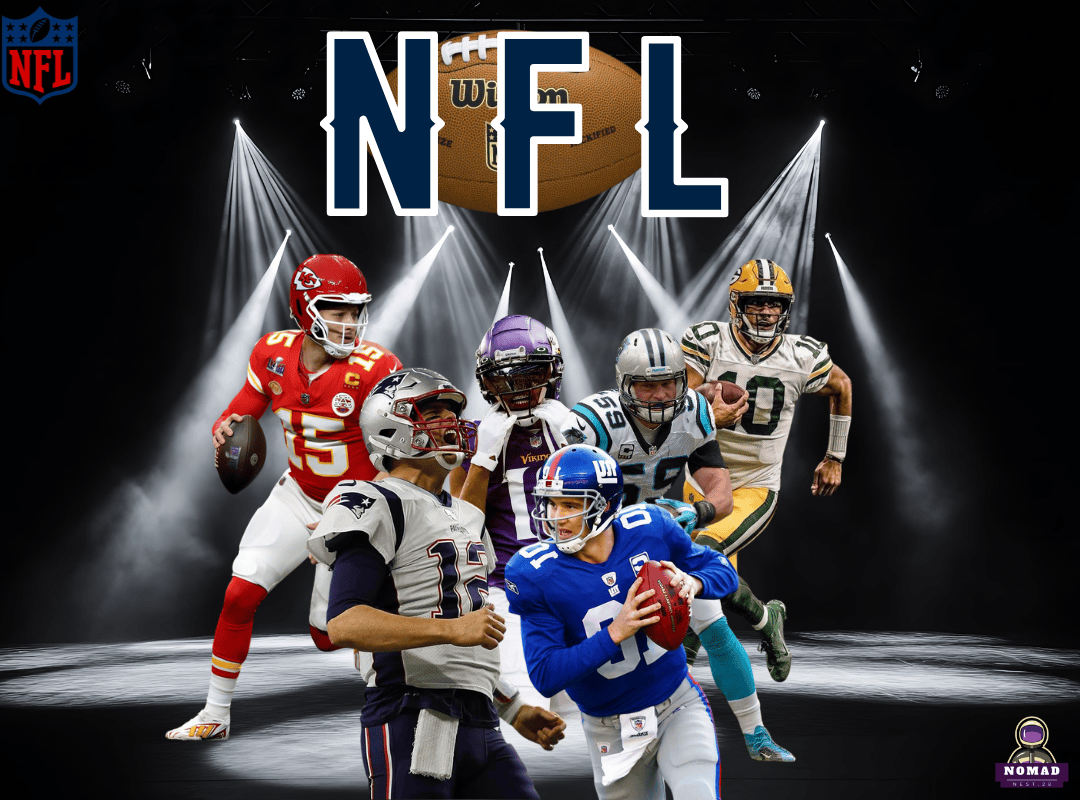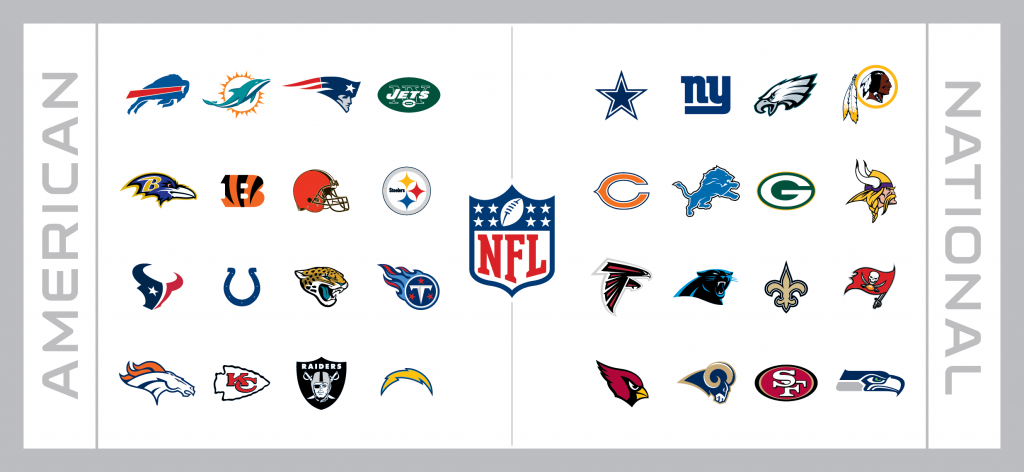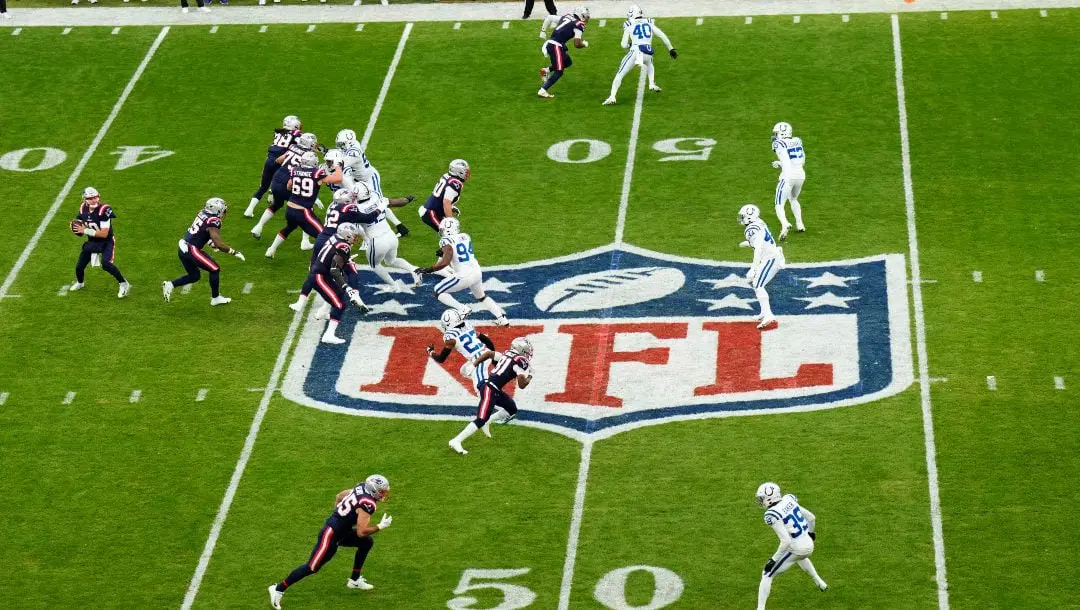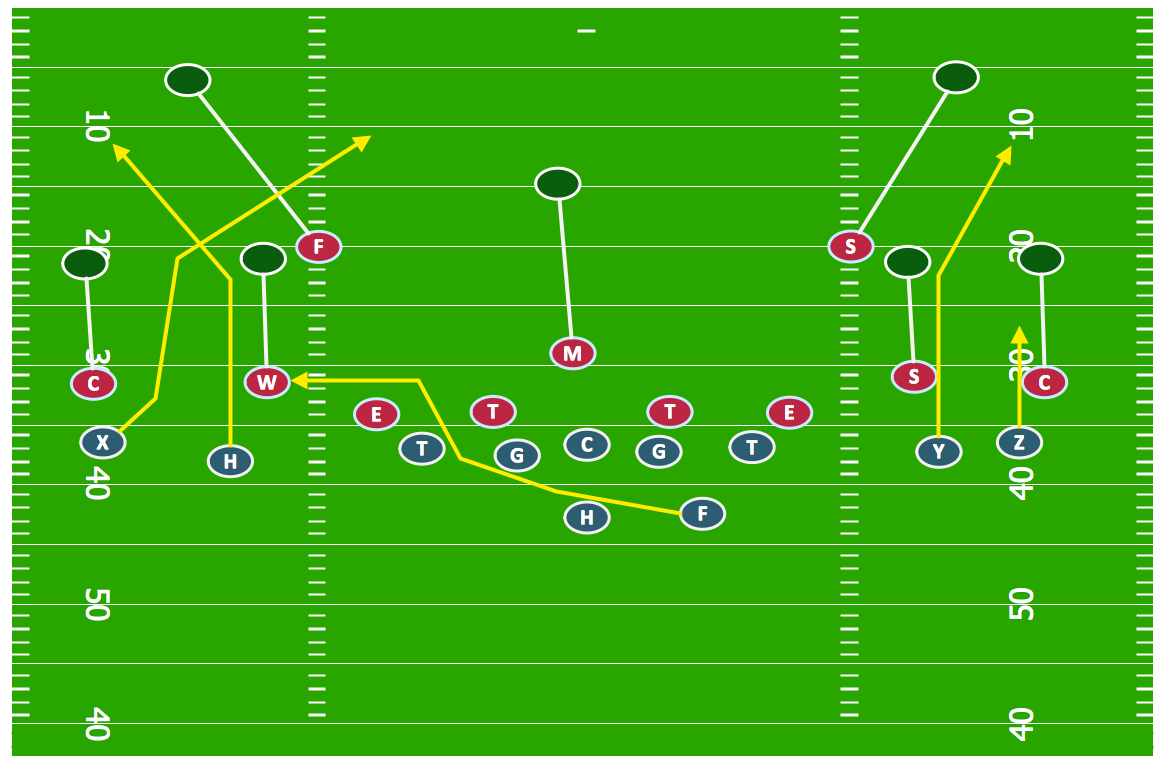
The National Football League (NFL) is one of the most popular professional sports leagues in the world, renowned for its intensity, strategic play, and entertainment value. It has become a cultural phenomenon in the United States and has expanded its influence globally. To fully understand the NFL, it is essential to explore its history, structure, rules, strategies, and cultural impact. This detailed explanation provides a clear picture of what makes the NFL not only a sport but also a cornerstone of American culture.
The Origins and History of the NFL
Early Beginnings
The NFL was officially founded in 1920 as the American Professional Football Association (APFA). Two years later, it was renamed the National Football League. At that time, American football was still developing, and the league was relatively small compared to today’s massive organization.
Growth and Popularity
The league gained recognition in the mid-20th century, especially with the introduction of television broadcasts in the 1950s and 1960s. One of the most important milestones was the 1958 NFL Championship game, often called “The Greatest Game Ever Played,” which brought unprecedented attention to the sport.
The Merger with AFL
In 1970, the NFL merged with the American Football League (AFL), forming a unified league with two conferences. This merger set the stage for the modern NFL structure, including the creation of the Super Bowl, which has since become one of the most-watched sporting events in the world.
NFL League Structure

Conferences and Divisions
The NFL is divided into two main conferences:
- AFC (American Football Conference)
- NFC (National Football Conference)
Each conference consists of 16 teams, further divided into four divisions: North, South, East, and West. In total, there are 32 teams in the NFL.
The Regular Season
The NFL regular season typically runs from September to January. Each team plays 17 games over 18 weeks, competing against teams from their division and others across the league.
Playoffs and Super Bowl
At the end of the regular season, the top teams qualify for the playoffs, a single-elimination tournament. The champions of the AFC and NFC face each other in the Super Bowl, the league’s championship game, which is also a major cultural and commercial event.
Basic Rules of NFL Football

Objective of the Game
The main goal in an NFL game is to score more points than the opposing team by advancing the football into the opponent’s end zone or kicking it through the uprights of the goalpost.
Teams and Players
Each team fields 11 players on offense, defense, or special teams. The roster typically has around 53 active players. Players specialize in roles such as quarterback, running back, wide receiver, linebacker, or kicker.
Duration of the Game
An NFL game is divided into four quarters of 15 minutes each, with a halftime break after the second quarter. Overtime rules apply if the score is tied at the end of regulation.
Ways to Score
- Touchdown (6 points): Achieved by carrying or catching the ball in the opponent’s end zone.
- Extra Point (1 or 2 points): After a touchdown, the scoring team can kick the ball through the uprights for 1 point or attempt a short play into the end zone for 2 points.
- Field Goal (3 points): Kicking the ball through the opponent’s goalposts during regular play.
- Safety (2 points): Awarded when the defense tackles an offensive player with the ball in their own end zone.
For additional insights, visit our in-depth guide on the same subject.https://nomadnest28.com/2025/09/27/f1/
Key Positions in the NFL
Offensive Positions
- Quarterback (QB): The leader of the offense who throws passes and directs plays.
- Running Back (RB): Primarily runs with the ball but can also catch passes.
- Wide Receiver (WR): Specializes in catching passes from the quarterback.
- Offensive Line (OL): Protects the quarterback and opens paths for runners.
Defensive Positions
- Defensive Line (DL): Tries to stop the run and pressure the quarterback.
- Linebackers (LB): Versatile players who defend both the run and pass.
- Cornerbacks (CB): Defend against wide receivers.
- Safeties (S): Provide deep coverage against long passes.
Special Teams
- Kicker (K): Responsible for field goals and kickoffs.
- Punter (P): Kicks the ball downfield when the offense cannot continue.
- Return Specialist: Attempts to gain yards by returning punts or kickoffs.
Strategies in NFL Football

Offensive Strategies
Offenses may focus on either running or passing the ball, depending on their players’ strengths. Some teams rely on powerful running backs, while others prefer fast receivers and accurate quarterbacks.
Defensive Strategies
By using a variety of formations and strategies, such as zone coverage against receivers or blitzing the quarterback, defenses seek to halt the opposition’s offense.
Special Teams Importance
Special teams play a critical role in determining field position, which can heavily influence the outcome of a game.
The Cultural Impact of the NFL
The Super Bowl
The Super Bowl is more than just a game; it is an American tradition. Millions of people worldwide tune in, and halftime shows feature some of the biggest music performances. Commercials during the broadcast are also highly anticipated and often iconic.
Fantasy Football
The rise of fantasy football has added a new dimension to NFL fandom. Fans create virtual teams using real NFL players and compete based on weekly performance statistics.
Global Expansion
While the NFL is most popular in the United States, it has steadily expanded its reach internationally. Regular-season games are now held in London, Germany, and Mexico, attracting fans from across the globe.
Why the NFL Stands Out
The NFL’s unique blend of athleticism, strategy, and entertainment makes it different from other sports. It combines intense physical contact with highly detailed playbooks, teamwork, and game planning. Each play can shift momentum, keeping fans engaged from start to finish.
Conclusion
The NFL is more than just a league-it is a global sports phenomenon. With a rich history, complex rules, exciting gameplay, and deep cultural significance, it captures the hearts of millions of fans. Whether you are drawn to the strategy, the athleticism, or the spectacle of the Super Bowl, the NFL offers something for everyone. From its origins in the early 20th century to its current status as a worldwide sporting giant, the NFL continues to grow, evolve, and inspire.




